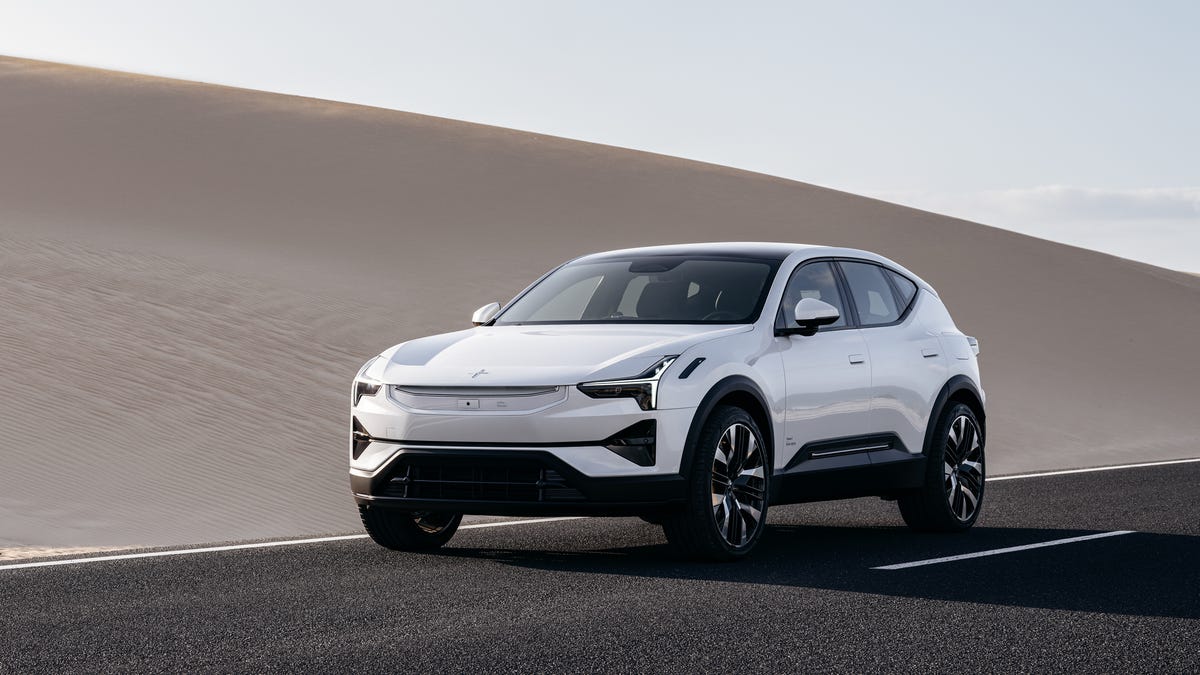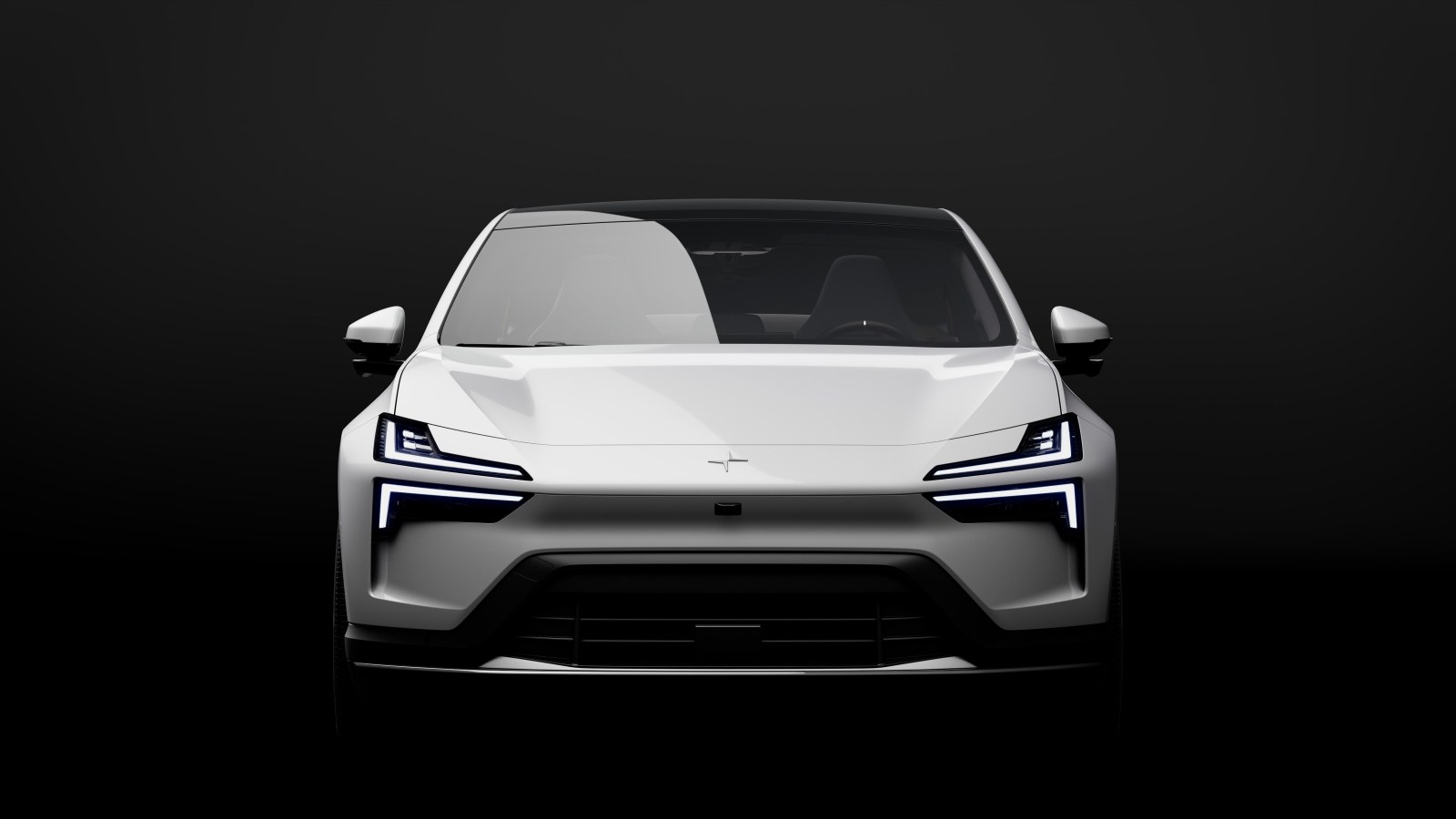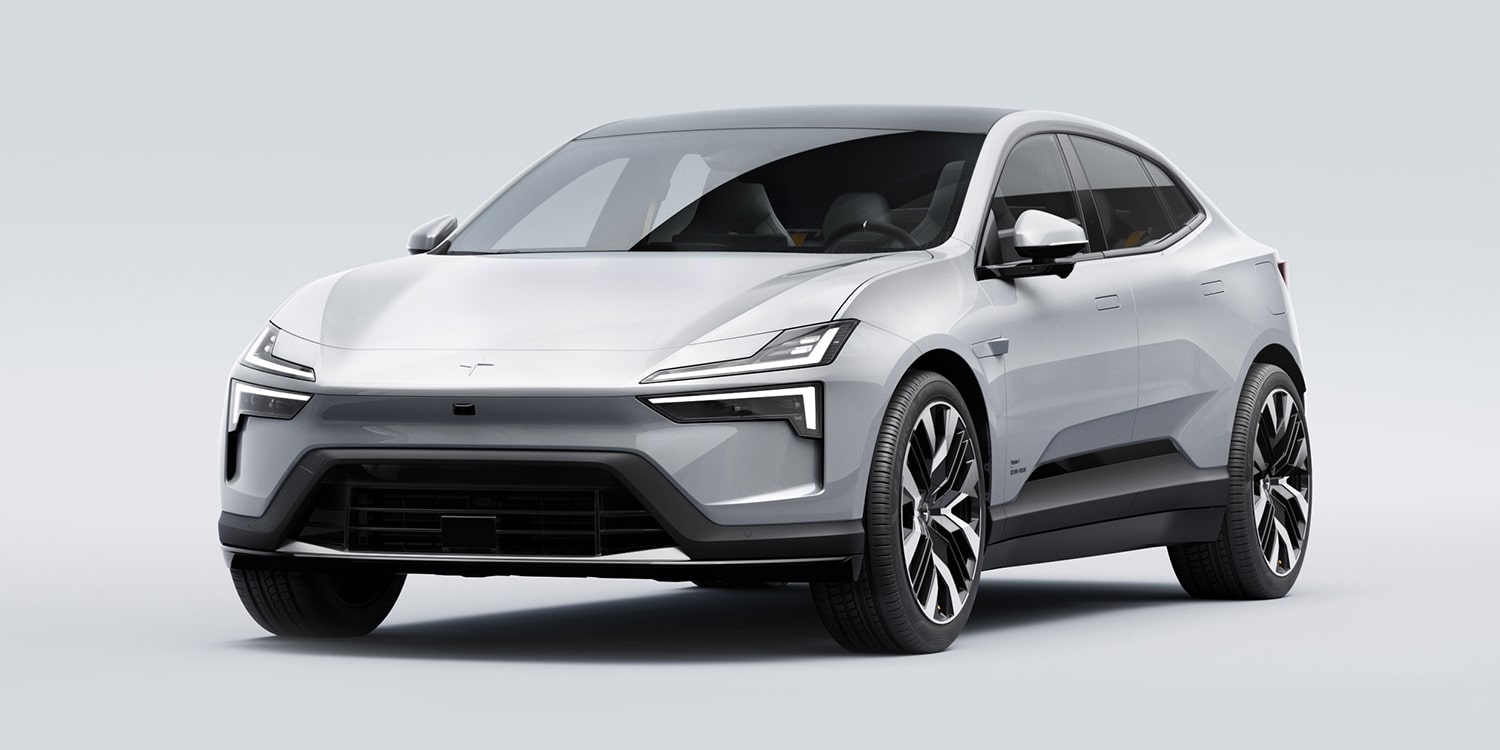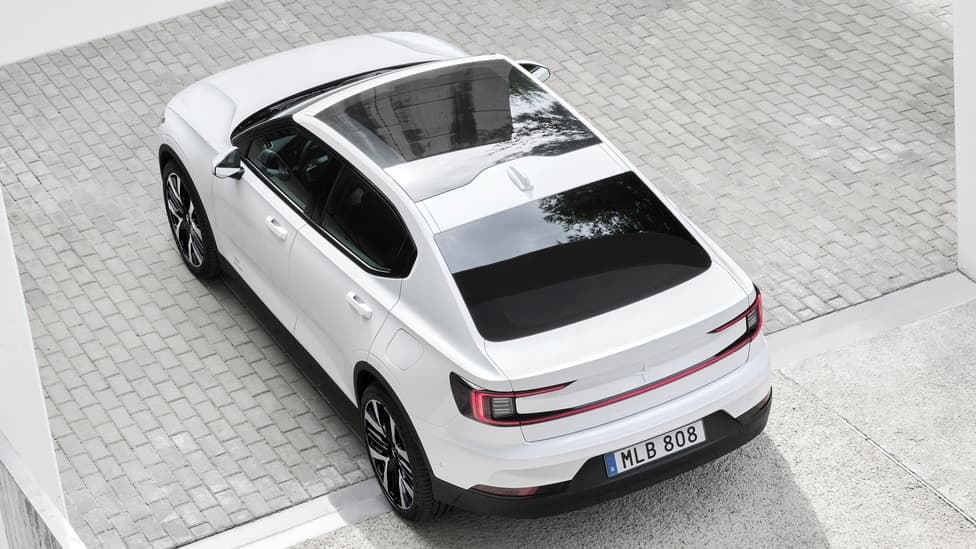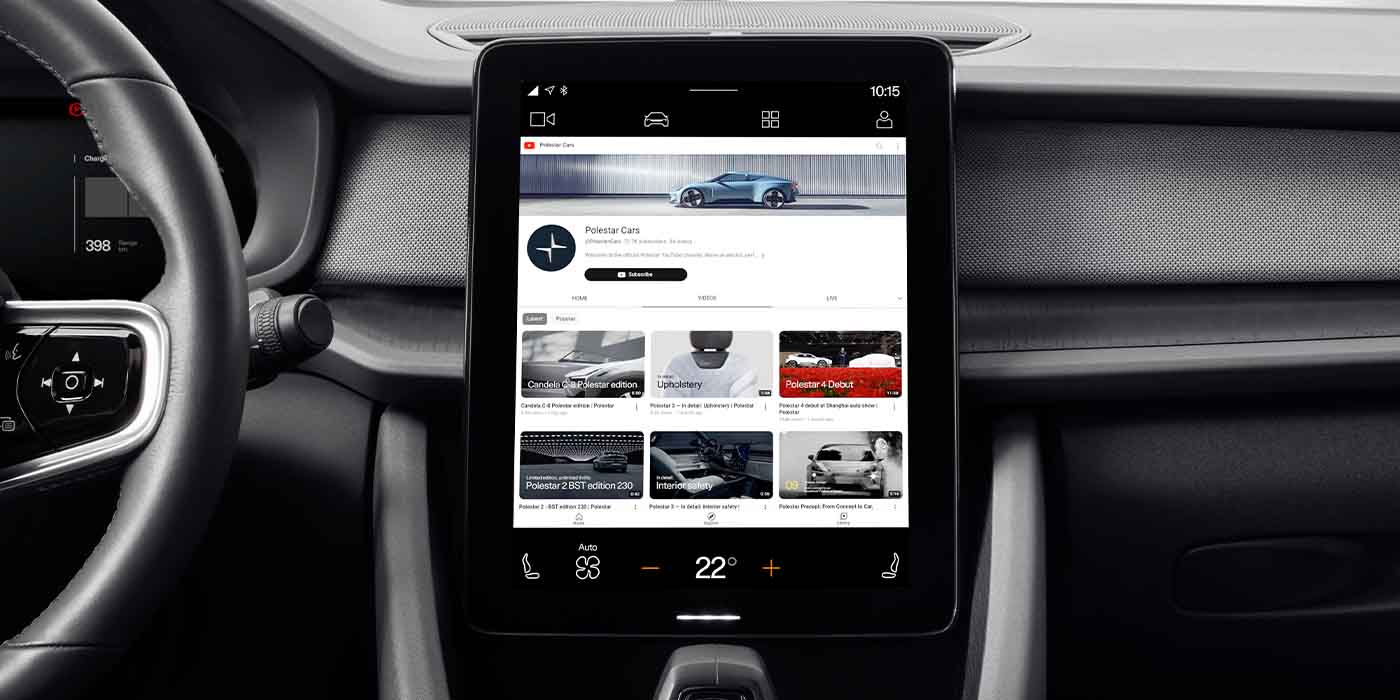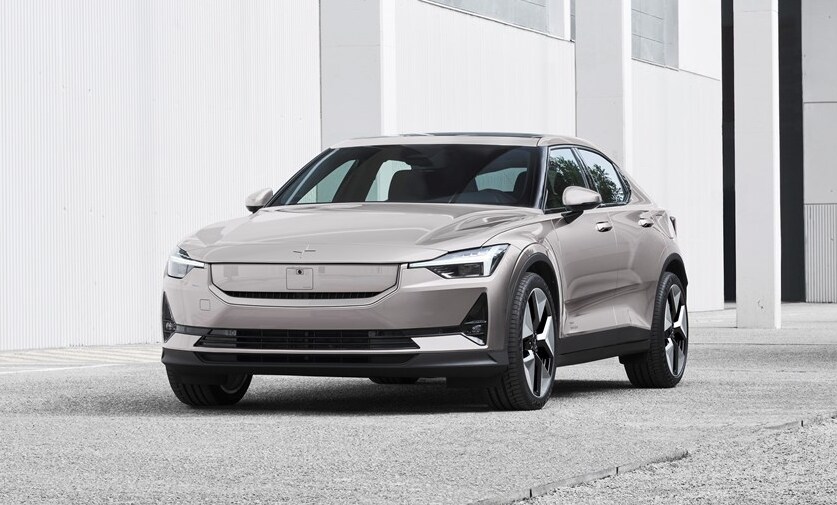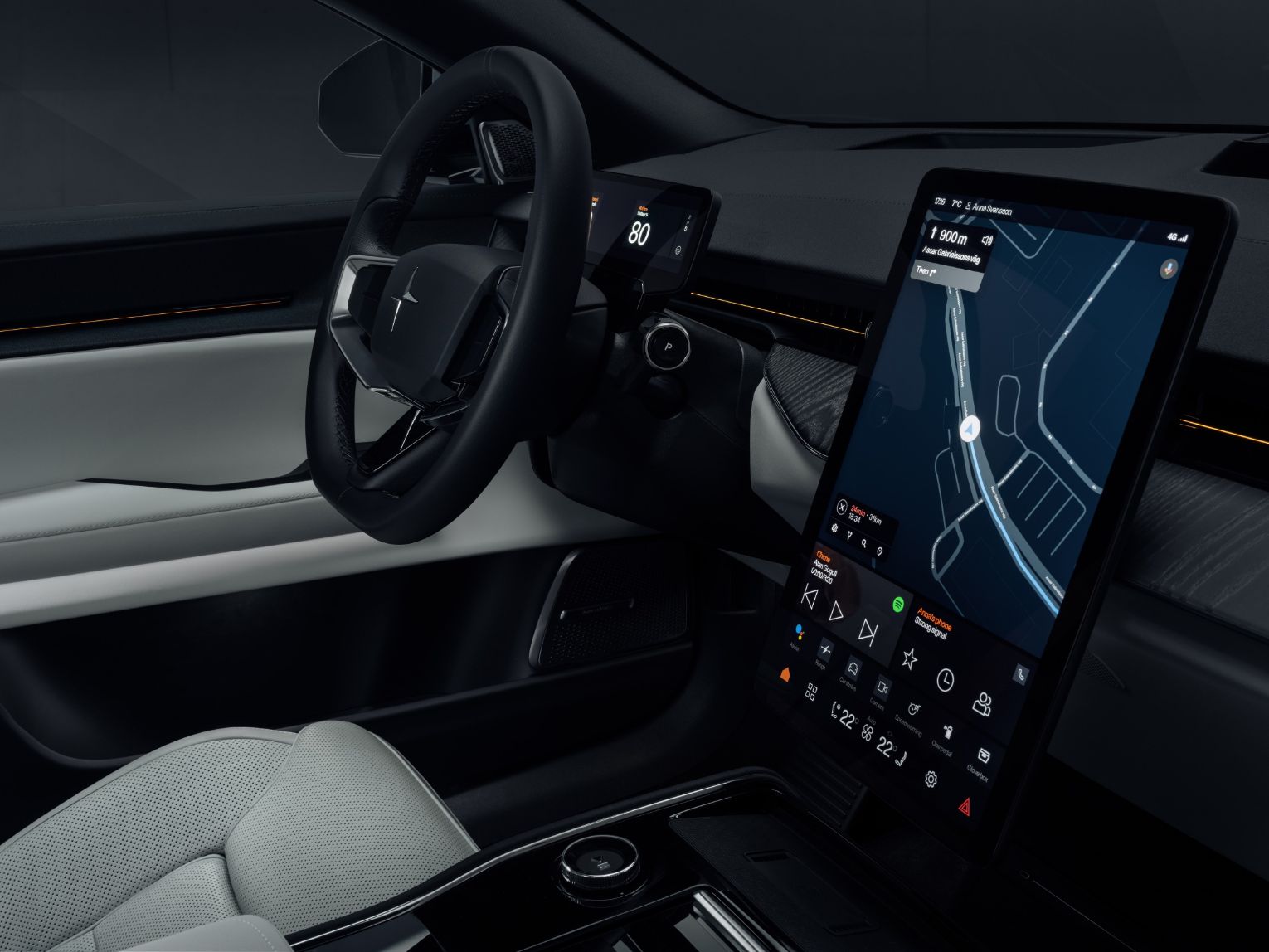Polestar, the Swedish electric vehicle (EV) automaker, has announced the production start date for its new production facility in South Carolina, which it will share with its parent company, Volvo Cars. The move is seen as a crucial step for the brand to become eligible for EV incentives in the United States, which require that EVs must be manufactured in North America.
According to a recent report from Reuters, Polestar’s “new” production facility will begin producing the brand’s all-electric vehicles in 2024, starting with the Polestar 3 full-size SUV. This marks a significant change for the brand, whose production has centered in China, where it has taken advantage of the production capabilities of its parent company, Geely.
See also: Polestar Confirms Production of Model 4 in China, Set to Begin Later This Year
The upcoming Polestar facility’s production capacity has not been released, but with an annual production target of over 100,000 vehicles next year, the company will need to establish its production capabilities quickly. Polestar CEO, Thomas Ingenlath, has stated that the South Carolina facility will be the brand’s second production hub, eventually supplying vehicles to Europe.
While American customers and Polestar fans are likely elated at the idea of finally being able to buy a vehicle from the brand with the help of a tax incentive, it remains unclear if the company’s vehicles qualify. New barriers to achieving incentives have been introduced, primarily regarding where battery components are sourced from and the materials within them. Vehicles produced at the South Carolina facility will also need to be priced under a segment-specific amount to qualify, which for SUVs, is $80,000.
See also: Polestar 4 SUV Makes Debut as the Brand’s Quickest and Most Powerful Model Yet with 544 HP
Polestar still has time before production starts to make changes that could allow any of their vehicles to qualify, as long as they are assembled at its South Carolina facility. However, this will undoubtedly be a monumental task. Many automakers are facing the same pressure, but getting the jump on its competitors could be the key to future success in the United States and around the globe.

